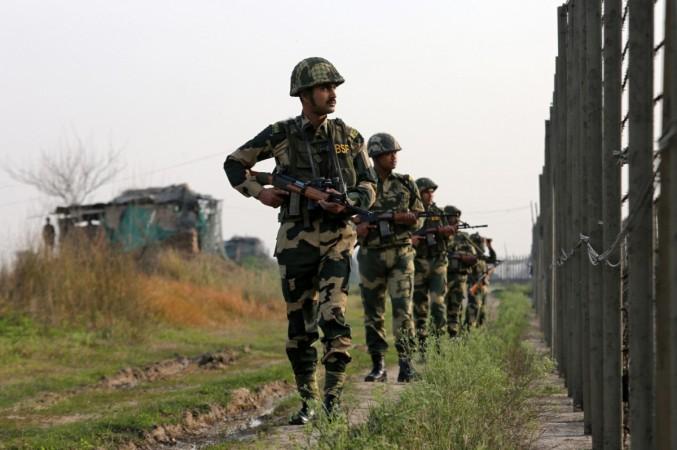Tensions have gone up between India and China over their disputed border along the Line of Actual Control (LAC). While it was China who first resorted to unwarranted activities, India refused to remain a mute spectator and gave a fitting response to its neighbor. The exchange of blows between the soldiers of both the nations has culminated in a stand-off at the Galwan Valley in Ladakh.
Within a period of a month, things have escalated to a point that is worrisome, with the troops of the Indian Army and China's People's Liberation Army (PLA) clashing in several parts of Ladakh and in Sikkim as well. Many experts have touted the ongoing conflict between the two nuclear-armed nations at the LAC as the worst border dispute since the Kargil battle in 1999.

What usually triggers such conflicts between India and China?
The LAC, which theoretically makes for the boundary separating the two countries, runs across the Western (Ladakh), Middle (Himachal Pradesh and Uttarakhand), Eastern (Arunachal Pradesh and Sikkim) sectors of the India-China border.
However, as the LAC has never been demarcated officially, both the countries do not agree on the exact line of the border in multiple areas. Therefore, when the two armies encounter each other while patrolling the zones that are claimed by both the countries, conflicts erupt between the troops.
Notably, the soldiers mostly engage in fistfights or stone-pelting as not a single bullet has been fired by either side since 1975.
The current situation
The Indian and Chinese soldiers have faced off on at least four different locations over the course of the last 30 days. While three of those disputes transpired in different areas of Ladakh, one incident of a scuffle between the troops occurred in Sikkim's Nuka La Pass.

Further, transgressions were reported on part of China as it trespassed the border in different parts of Ladakh including in Pangong Tso, which remains one of the most heavily disputed areas. The 134 km lake has been a witness to most of the clashes between the two neighbors owing to different perceptions of the LAC.
Later, China ramped up its military presence along the LAC in the Galwan Valley, which has largely remained peaceful since the 1962 India-China war. As per reports, China is objecting to a series of construction activities being carried out by India near the border including in the Galwan Valley. Following the troop build-up by China, India too deployed additional soldiers in the area, leading to a stand-off.

















